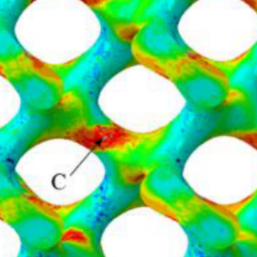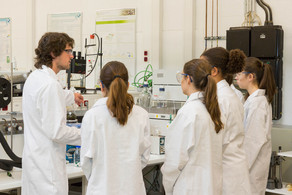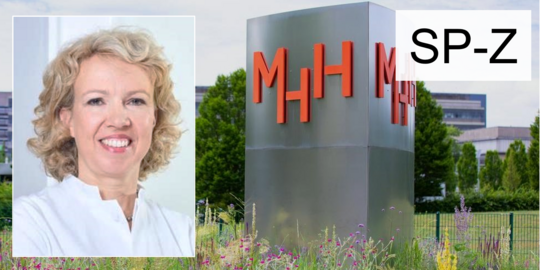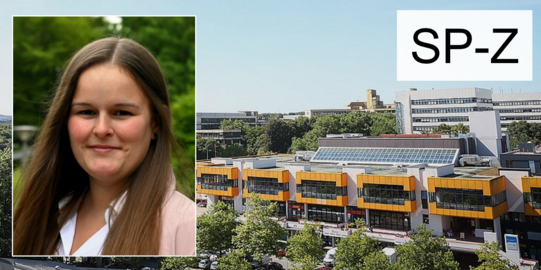Patient-specific Implants with customized functionality
Aim of the research unit will be the development and validation of an integrated solution for the manufacturing, characterization and simulation-based design of additively manufactured implants in maxillofacial surgery, taking into account physiological conditions of the individual bone situation. Therefore, a holistic qualificationapproach, as well as an interdisciplinary consideration of materialsscience and engineering, medical engineering and numericsimulation, is required. Based on this, novel and mechanism-based invitro and in vivo testing methods, including multi-scale simulation andmodeling methods (in silico), are implemented by the interdisciplinaryconsortium in order to describe the mechanical, biological andcorrosive processes and their interactions. Due to the presentdiversity and complexity of the envisaged research topic,interdisciplinary processing by young scientists, supervised by provenresearchers, is mandatory. The complexity of the pursued scientificissues will be increased stepwise. Within the first funding period (FP-1: 1st to 4th year) the mechanical-biological behavior of permanentimplants made of titanium will be characterized. Supplementary, theeffect of corrosion mechanisms on the mechanical-biological behaviorof bioresorbable implants made of magnesium will be faced in thesecond funding period (FP-2: 5th to 8th year).
In summary, thefollowing overall objectives can be defined:
- Patient-individualizedimplant design by considering specific bone structures and possiblebone defects (e.g. prevention of bone augmentation)
- Minimizationof stress-shielding within implant-bone interface through localadjustment of stiffness by using lattice structures for a successfultissue integration
- Characterization of the influence of latticestructuring on quantities such as microstructure, defects formationand topography, and the correlation with the corresponding propertyprofile
- Modification of surface morphology and properties throughsurface treatment (e.g. sandblasting) and coating (e.g. PEM coatings)in order to stimulate tissue integration
- Time- and resource-efficientsimulation and modeling of the mechanical, biological and corrosiveproperty profile via multi-scale approaches by linking multiple levels ofscalability with the aid of artificial neuronal networks
- Developmentof a time- and resource-efficient experimental and simulation-basedcharacterization methodology to increase the quality, consequentlyalso the long-term survival rate and to accelerate the developmentand qualification period for future implants.







